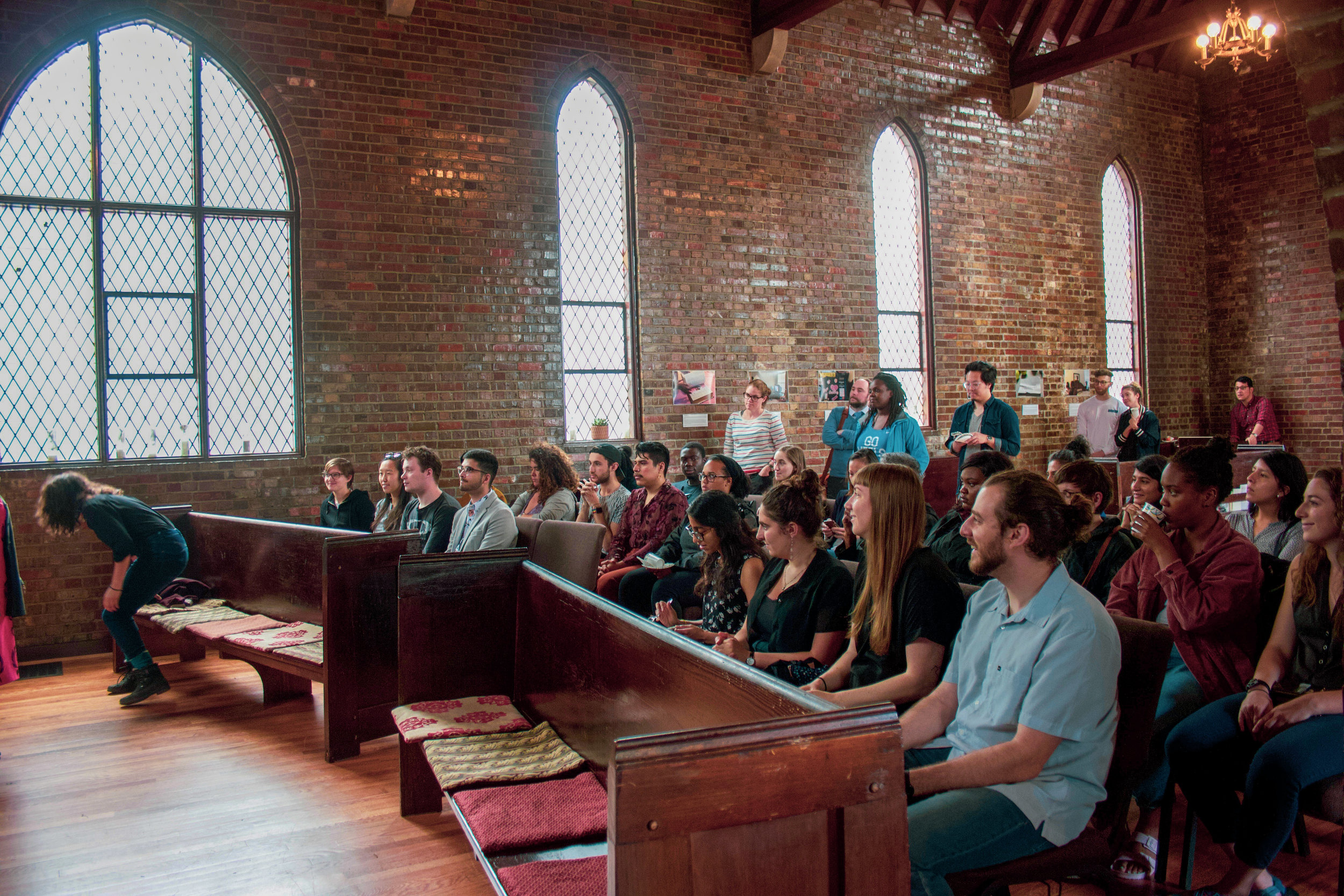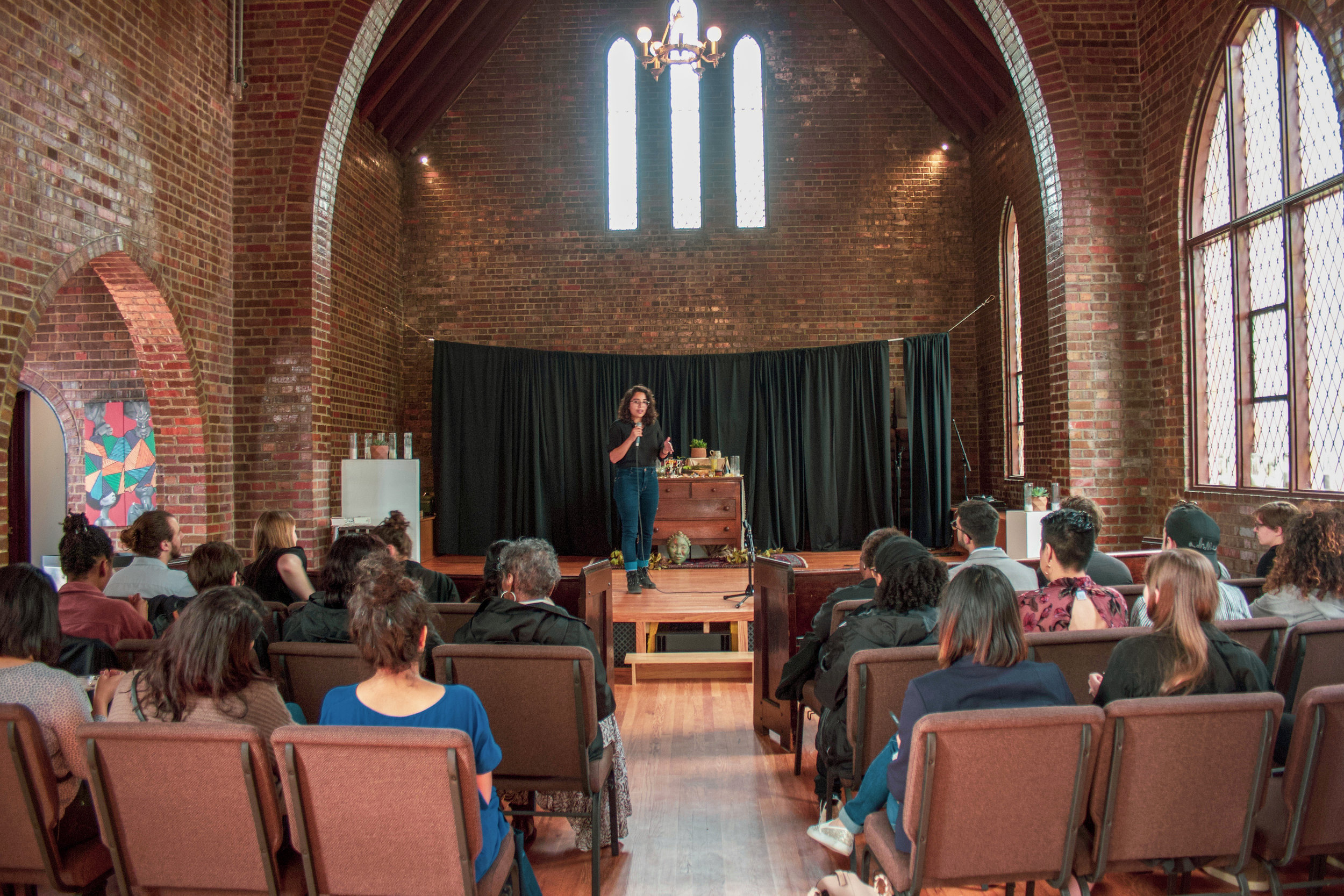Project Activities
In the Data section of this website, you can see how the literature on the effects of evictions on physical and mental health is limited, especially when it comes to understanding the nature of no-fault evictions on the psychological well-being of tenants relying on Section 8 vouchers. As of March 2019 in the City of Durham, community conversations about evictions were occurring, but discussions were often tied to economic development and non-payment of rent. This project uses two case studies—driven by photographs—to initiate conversations about the ways a no-fault eviction notice could manifest poor health.
The intention is to share the case studies with various stakeholders in Durham County and the City of Durham to dedicate efforts towards eviction diversion programs that intervene before a summary ejectment is filed.
Recruitment
I sought to find tenants who lived in the City of Durham, relied on Section 8 vouchers to pay their rent, and received a summary ejectment notice within 2018. I recruited the two tenants through a typical case purposive sampling, which means selecting participants on their ability to share rich information and who have experienced a summary ejectment.[1]
To recruit the participants, I sought assistance from the Durham Eviction Diversion Program. In October 2018, I met with Peter Gilbert, the head Legal Aid attorney for the Diversion Program, to share the visions for the project and brainstorm the best approaches to finding tenants willing to share their story. Initially, the project focused broadly on evictions, not just no-fault evictions. I drafted a project description and sent it to Gilbert for dissemination to the Diversion Program’s clients. In the project description, potential participants were presented with the purpose of the study, particular requirements to participate, including: being over the age of 18, being comfortable in front of a camera, and being willing to share details about their health experiences during their eviction case. For me to contact the participants, tenants had to grant permission to the Diversion Program to share their contact information with me.
As a thank you for their participation, each participant received $75, a meal during each of our interview meetings, and a copy of their story and photographs.
Collection of Stories and Photographs
After receiving five potential participants and personally contacting them, I selected two participants to meet three times over the course of three months (December 2018 – March 2019). This was to build rapport with the tenants, understand how their health had changed post-eviction notice, and observe any changes in their perceptions of housing security. Both participants received their summary ejectment notice towards the second half of the year, with one in July 2018 and the other in November 2018. Both tenants also won their cases.
The first meetings with the tenant occurred in December 2018 and the intention was to establish rapport, share more about the project, and just hear their stories. No recordings or photographs were collected then. The initial meeting was at a location of their choice, one occurred at a local restaurant near North Carolina Central University and the other occurred at the tenant’s workplace in East Durham. After obtaining their consent to participate in this project, which included discussions about whether or not to use their real names, we scheduled meetings for me to visit their respective homes throughout January and February 2019.
The proceeding meetings included the participants sharing their stories in their home while I audio recorded the conversation. After the interview, we chatted as I took photos of the participants and their home. I met three times with each participant, with the last meetings occurring in March 2019.
Both participants received a copy of their story before the project was finalized to ensure accuracy and comfort with the narratives.
Interpretation
To interpret the tenants’ stories, I used a mix of phenomenological approach—a qualitative method where the goal is to describe the meaning of people’s experience—and photographs. I transcribed and coded all interviews to identify themes, and pull text that served as proxy for participants’ experiences of evictions, including their attitudes and beliefs about the ways an eviction notice impacted their health. Rich quotes were used to illustrate themes particularly relevant for the participant. And often times, some of the experiences left unsaid were better captured through photography. Once content analysis and photos were finalized, I wrote the accounts of the tenants’ experiences with evictions and wove in elements of the themes. Their stories were placed in the context of their neighborhood profile.
Dissemination
One major goal was to disseminate the findings of this project to tenants and housing stakeholders in the City-County of Durham through this website. The website was developed with financial support from the Planner’s Forum Master’s Project Fund.
In addition to the website, two photography exhibits and community conversations will be held at NorthStar Church of the Arts and the First Presbyterian Church in the City on April 13 and April 15, 2019, respectively.
IRB Exemption
This project was exempted from the University of North Carolina’s Institutional Review Board (18-2799)
Footnotes:
[1] Maman, Suzanne. “Qualitative Research Sampling and Developing Rapport.” Chapel Hill, NC, 2018.



